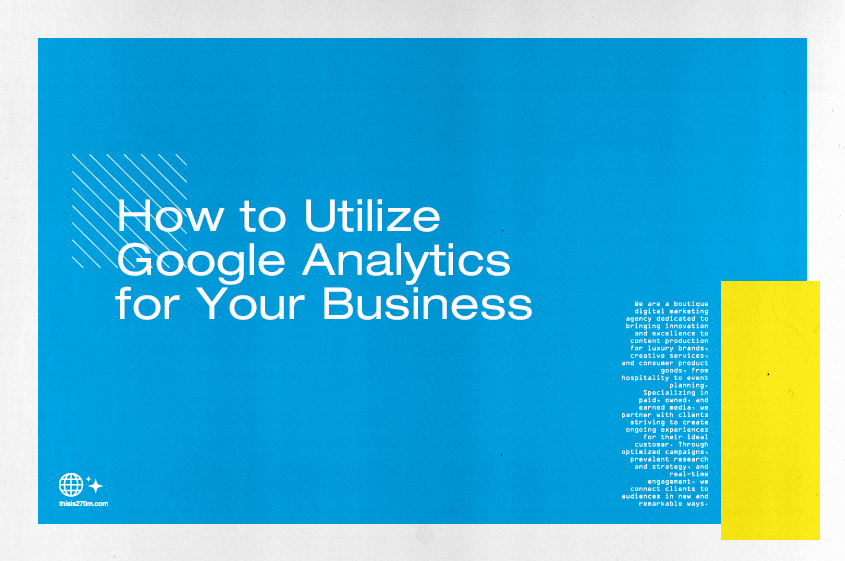What’s New with Instagram? (January 2025)
With the looming TikTok ban, Meta is introducing a bunch of new features and changes to Instagram to draw users, creators, and brands to the platform. Many of the features have been met with mixed reactions, but some may be more beneficial to businesses than other.
Here’s a breakdown of the latest and upcoming updates:
The Tall Grid
One change that’s already been enacted is the “tall grid.” If you view your personal profile, business profile, or any other profile, you’ll notice a visual change to they grid layout. The new look is better equipped to accommodate Reel cover images as the platform is pushing the use of this feature more.
New IG Feed Size Formats
Photo posts + Carousels:
- 1080 x 1350 pixels
- 4:5 ratio
Reels Cover Images:
- 1080 x 1920
- 9:16 ratio
Future Profile Updates
In addition to the “tall grid,” additional changes to profiles will be rolling out. Users will soon be able to customize and crop thumbnails after posts have been published to the grid. Highlights will also be moved from the profile area to inside the grid, making grid customization more important. Highlights will also have it’s own tab beside the grid, reels, and tagged posts icons in the profile.
3-Minute Reels
Instagram has extended the 90-second cap on Reels to 3 minutes. This allows users to create more long-form content for audience consumption.
Friends Tab in Reels
When users are on the Reels page of Instagram, they can now see Reels that their friends have liked. While businesses can’t use this directly, it does increase reach to audiences that do not follow the account.
Trial Reels
Trial Reels are now a posting option to get content out to audiences that do not follow your account. You can gather this engage and eventually graduate the Reel to your profile for your followers to see as well. You do not lose any of that previous engagement if you decide to graduate it to your profile.
Ranking in 2025
Content ranking is based on three factors — how long users watched your content, likes, and share. Ranking for accounts that follow you (Connected Reach) is based on time watched and likes, while ranking for accounts that don’t follow you (Unconnected Reach) is based on time watched and shares.
Instagram says your content is eligible for recommendations (Unconnected Reach) if you do not use watermarks, add audio to videos, photo, and carousel posts, content is original, and your Account Status is good.
Edits
Meta is introducing a new video editing app, launching February 2025. This app is made for users who edit short-form video content on their phones. The app will feature editing tools, a high-quality camera to record with, tabs for inspiration and trending audio, drafts that can be shared with others before publication, and additional insights if a video is posted to Reels.
These new Instagram features will be rolling out sporadically over the next few months of 2025 and additional updates may be on the way. Stay updated withe latest social media platform news with 270M.

